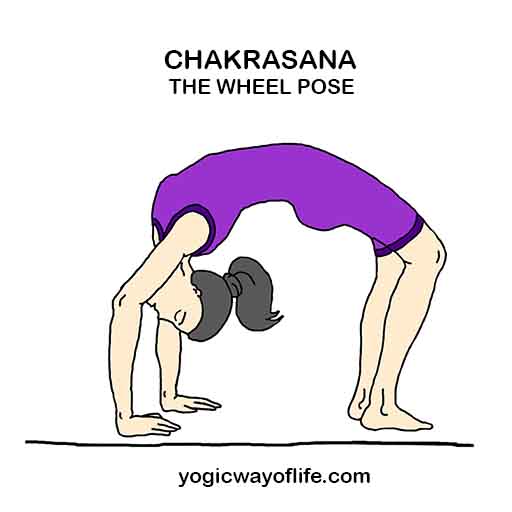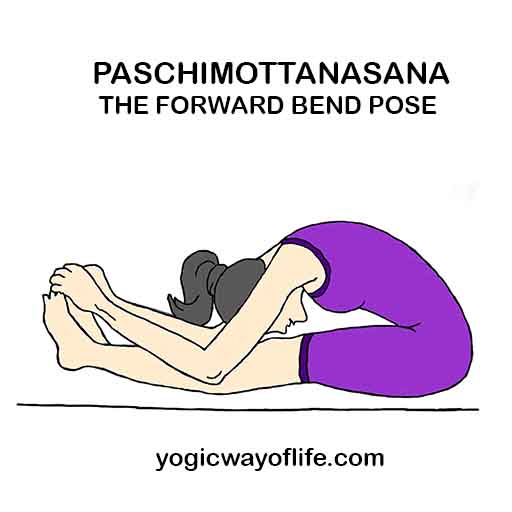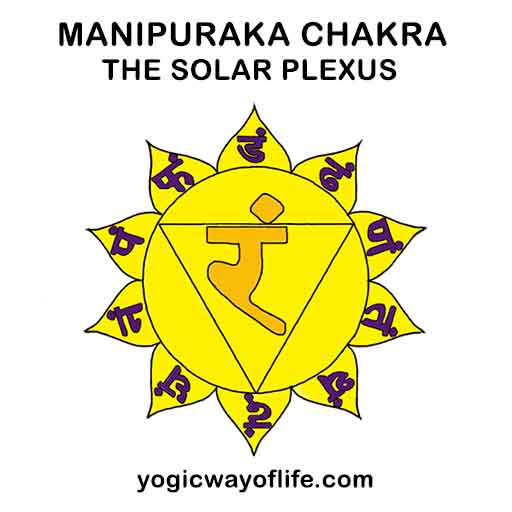Manipura Chakra or the solar plexus is the thrid chakra in the evolution of man. It can be activated by various means. Each chakra has a physical, mental and spiritual aspect. Some of the standard methods to activate / awaken Manipura are listed in this article.
How to awaken Manipura Chakra?
Before attempting to activate / awaken Manipura chakra, it is good to prepare the body by doing Asanas or yogic postures that have direct effect on awakening Manipura.
Chakrasana, Dhanurasana, Marjariasana, Matsyasana, Yoga mudrasana, Paschimottanasana, Ushtrasana and Uddiyana Bandha are particularly useful.






Few techniques from Hatha Yoga and tantric texts are listed below.
Agnisara Kriya
This simple process can be used to awaken the Manipura chakra. Agnisara involves moving the abdomen in and out rapidly. There are two ways of doing it. The first method involves breathing in and out while moving the abdomen. This can be done sitting in Vajrasana or in standing position, with upper body bent over the hips a little with hands holding the thighs. Sit in Vajrasana and move the belly in and out synchronized with the breathing, as if you are panting. The mouth can be open and the tongue can be protruding outside the mouth like the panting of a dog. Start with 20 rounds and go up as per your convenience.
The second method involves breathing out and holding the breath with Jalandhara Bandha. Move the abdomen in and out till you can hold the breath. Then release and breath normally for some time. Repeat the process as many times as you like.
Both these practices should be done on an empty stomach, preferably in early morning.
Nauli Kriya
Nauli kriya is another powerful way to awaken Manipura chakra. This is done in the standing position with knees slightly bent and hands placed on the knees. Take a deep breath and then release the breath completely. Perform Uddiyana Bandha or the abdominal lock where the belly is tucked inwards and upwards toward the spine.

In this position, there are four practices to be followed – Vama Nauli (isolating the rectus abdomini muscles to the left), Dakshina Nauli (isolating rectus abdomini muscles to the right), Madhya Nauli (isolating rectus abdomini muscles on both side towards the middle of the abdomen) and then finally the churning of the abdomen (clockwise and anti-clockwise). Before doing Nauli, Uddiyana Bandha should be perfected and also Agnisara Kriya should be practiced.
Esoteric Tantric Visualisation and Worship of the Chakra
In Kundalini tantra, every chakra is esoterically described as a flower with many petals. Each chakra also has many other aspects like Bija Mantra (seed letter mantra of the chakra), letters on each petal, presiding deity, deity related to the element and many other aspects.
In tantric tradition, each chakra is visualised and worship is offered to each part of the chakra using mantras and hand mudras. It has to be learned from the qualified kundalini master. This tantric visualisation can also be used to awaken Manipura Chakra.
Description of Manipura Chakra from the tantras
In tantra, Manipura is esoterically described as a flower with 10 petals. The petals are bright yellow in colour. On the petals are found the Sanskrit letters – Dam, Dham, Nam, Tam, Tham, Dam, Dham, Nam, Pam and Pham written in the colour of blue lotus.

Inside the pericarp is a fiery red triangle which is the region of Agni, the deity of fire element. Outside the triangle is 3 swastika marks and within it is the Bija or seed letter of fire, Ram. Agni is seated on a ram and has four arms. In his lap resides god Rudra, three-eyed, vermilion in colour and smeared with ashes. His hands are in the gesture of granting boons and dispelling fear.
Inside the lotus is the presiding deity of Manipura called Lakini sitting on a red lotus. Lakini is dark and radiant, clothed in yellow raiment, decked with ornaments and intoxicated after drinking of nectar.
There are various tantric traditions to visualise the chakra and offer worship to each element present in the chakra. These practices have to be learned from a qualified tantric master. It is passed on only from Guru to disciple in a sacred atmosphere.
In some traditions, worship is offered only to the letters present on the petals of the chakra (Dam, Dham, Nam, Tam, Tham, Dam, Dham, Nam, Pam and Pham in this case) and the main deity associated with the chakra to awaken the Manipura Chakra. Also, different traditions may worship different deities.
In any case, mantras and hand mudras for worship has to be learned from a proper master who has been initiated through a lineage and is beyond the scope of this article.
Breathing through the Chakra
Another easy way to awaken the Manipura chakra is to breathe through the chakra. Sit in any meditative pose with spine erect. Breathe normally. Take you attention to the location of the chakra (In the spine at the level of the navel). Take a slow and deep breath and imagine that you are breathing in through the Manipura chakra and then breathing out slowly through it. Continue this process for 5 to 10 minutes. When we breathe through our nostrils, we feel the air coming in and going out. Same way, visualise and imagine that air is coming in through the chakra and going out through the chakra. This is only a visualisation. This process, helps to remove lot of blocks and to awaken the Manipura chakra.
Seed Mantra Chanting and concentration on chakra
Yet another way to awaken Manipura chakra is to concentrate on the location of the chakra and chant the seed syllable mantra of Manipura chakra, which is – Ram. Sit in any comfortable meditative posture with spine erect. Chant mentally the Bija mantra Ram very slowly and with full awareness. Continue the chanting and concentration on the chakra as long as you are comfortable. One may start from 5 minutes and go up to 1 hour of this practice.
Listed above are just few of the standard methods used to awaken Manipura chakra and in no way exhaustive. Methods may vary according to traditional and lineage and may include use of mantras, sound frequencies, hand mudras and other Hatha yoga and meditative practices. Select the methods that suite you the most.
